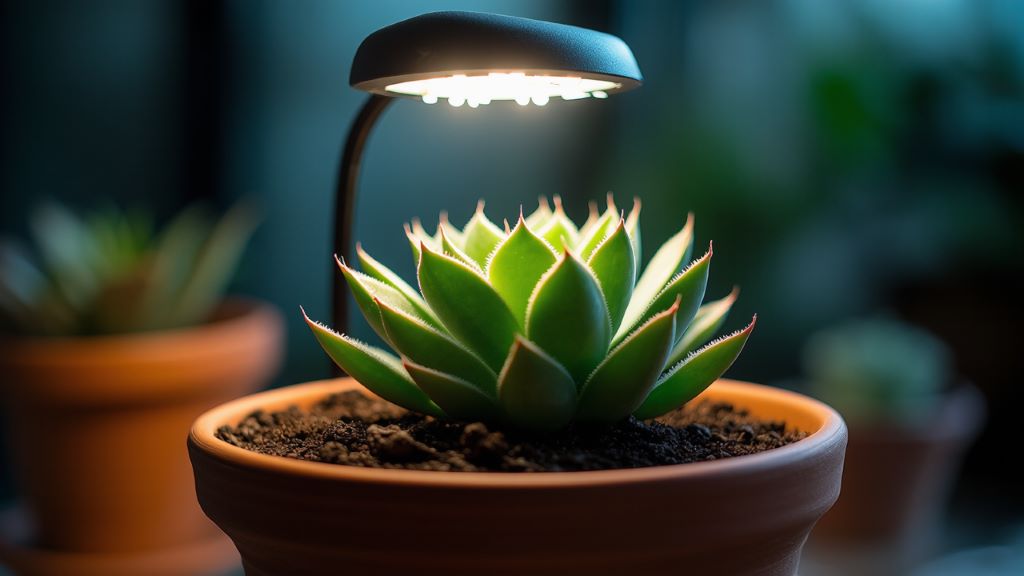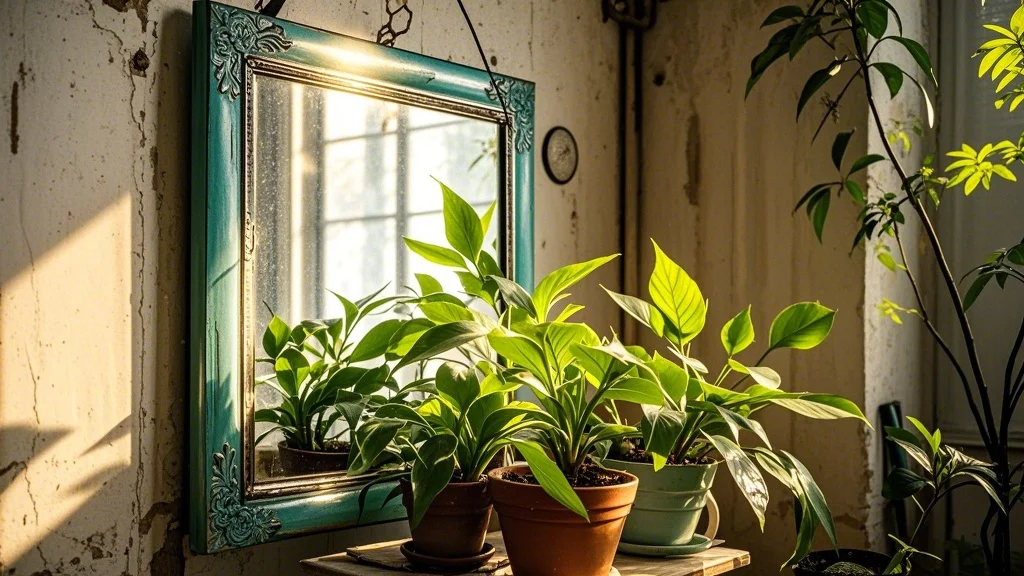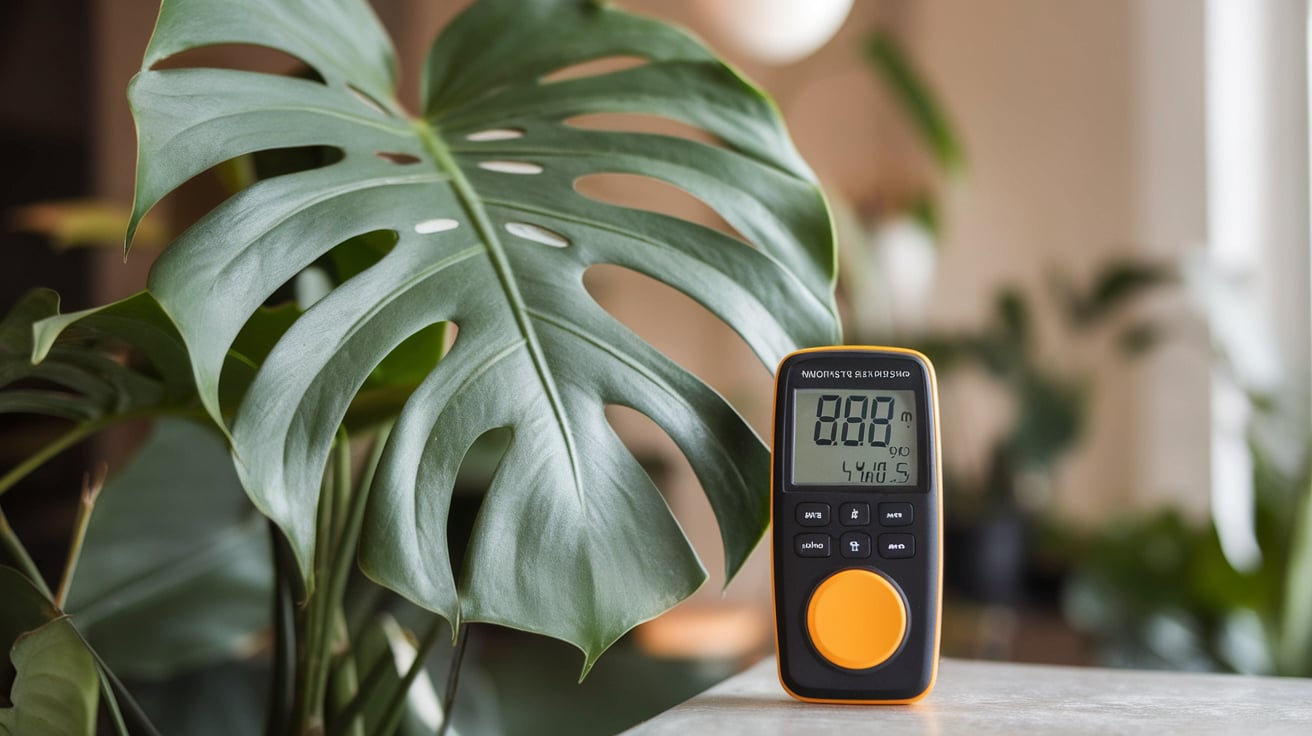As the Earth orbits the sun, the changing seasons bring significant variations in daylight hours and light intensity. For indoor plant enthusiasts, these seasonal shifts can have a profound impact on the health and growth of their leafy companions. Understanding how to adapt your plant care routine to these changing light conditions is crucial for maintaining thriving houseplants year-round.
In this comprehensive guide, we’ll explore the effects of seasonal light changes on indoor plants and provide practical tips for adjusting your care routine accordingly. Whether you’re dealing with the long, bright days of summer or the short, dim days of winter, you’ll learn how to optimize your plant care to ensure your green friends continue to flourish.
Contents
Understanding Seasonal Light Changes
The Science Behind Seasonal Light Variations
The tilt of the Earth’s axis and its revolution around the sun cause the seasons and their associated light changes. In the Northern Hemisphere:
- Summer: Longer days, higher light intensity
- Winter: Shorter days, lower light intensity
- Spring and Fall: Transitional periods with moderate light conditions
These changes affect the quantity and quality of light your indoor plants receive, even if they’re not directly exposed to outdoor conditions.
How Seasonal Light Changes Affect Plants
Plants are highly sensitive to light conditions, which influence various aspects of their growth and development:
- Photosynthesis: The process by which plants convert light into energy
- Photoperiodism: Plant responses to the length of day and night cycles
- Growth patterns: Including leaf production, stem elongation, and flowering
As light conditions change throughout the year, plants may exhibit different growth rates, leaf colors, and overall health.
Adjusting Care for Summer Light Conditions

Maximizing Natural Light
During the summer months, take advantage of the abundant natural light:
- Rotate plants regularly to ensure even growth
- Clean windows to maximize light transmission
- Use sheer curtains to diffuse intense direct sunlight
Protecting Plants from Excessive Heat and Light
While many plants thrive in bright conditions, too much direct sunlight can be harmful:
- Move sensitive plants away from south-facing windows
- Use blinds or curtains during the hottest part of the day
- Consider applying a UV-filtering film to windows
Watering and Humidity in Summer
Increased light and heat often lead to faster water evaporation:
- Water more frequently, but always check soil moisture first
- Increase humidity through misting or using humidity trays
- Group plants together to create a microclimate with higher humidity
Summer Fertilizing
With increased light and growth, plants may require more nutrients:
- Fertilize more frequently, following package instructions
- Use a balanced, water-soluble fertilizer for most plants
- Reduce fertilization for plants that naturally slow growth in summer
Adapting to Winter Light Conditions

Maximizing Limited Natural Light
During winter, every bit of natural light becomes crucial:
- Move plants closer to windows, especially south-facing ones
- Clean windows more frequently to remove dust and grime
- Trim outdoor plants or trees that may be blocking light
Supplementing with Artificial Light
When natural light is insufficient, artificial lighting can help:
- Use full-spectrum LED grow lights to mimic natural sunlight
- Position lights 6-12 inches above plants, adjusting based on plant needs
- Provide 12-16 hours of light per day for most plants
Adjusting Watering Habits
Reduced light and cooler temperatures affect plant water needs:
- Water less frequently, allowing soil to dry more between waterings
- Use a moisture meter to accurately gauge soil moisture
- Be cautious of overwatering, which can lead to root rot
Winter Fertilizing
Most plants experience slower growth in winter, affecting their nutrient needs:
- Reduce fertilization frequency by half or more
- Use a lower-strength fertilizer solution
- Some plants may not need fertilizer at all during winter dormancy
Transitioning Between Seasons
Gradual Light Adjustments
As seasons change, avoid sudden shifts in light exposure:
- Slowly move plants to their new positions over a week or two
- Gradually increase or decrease artificial light supplementation
- Observe plants closely for signs of stress during transitions
Pruning and Maintenance
Seasonal transitions are ideal times for plant maintenance:
- Prune leggy growth that may have occurred during low-light periods
- Remove any dead or yellowing leaves
- Clean plant leaves to maximize light absorption
Repotting Considerations
Spring is often the best time for repotting, but consider plant needs:
- Repot plants showing signs of being root-bound
- Use fresh, well-draining potting mix
- Choose pots 1-2 inches larger in diameter than the current container
Monitoring Plant Health Through Seasonal Changes
Signs of Insufficient Light
Watch for these indicators that your plant may need more light:
- Elongated, spindly growth (etiolation)
- Smaller or paler new leaves
- Slow or stunted growth
- Leaf drop, especially of lower leaves
Signs of Excessive Light
Conversely, too much light can cause stress:
- Yellowing or bleached leaves
- Brown, crispy leaf edges or tips
- Wilting despite adequate water
- Leaf curling or cupping
Using Technology to Monitor Light Levels
Consider using light meters or smart plant sensors to:
- Measure light intensity in different areas of your home
- Track changes in light levels throughout the day and year
- Ensure plants are receiving appropriate light for their species
Seasonal Care for Specific Plant Types
Tropical Plants
Many popular houseplants are tropical and require consistent care:
- Maintain higher humidity year-round
- Provide bright, indirect light in all seasons
- Adjust watering based on growth rates and environmental conditions
Succulents and Cacti
These sun-loving plants may need extra attention in winter:
- Move to the brightest available spot during low-light months
- Reduce watering significantly in winter
- Consider using grow lights to supplement natural light
Flowering Plants
Many flowering plants are sensitive to day length:
- Research the specific light requirements for blooming
- Use timers on grow lights to maintain consistent day lengths
- Adjust fertilization to support flowering cycles
Creating a Year-Round Care Calendar
Develop a seasonal care routine to stay organized:
- Spring: Increase light exposure, resume regular fertilization, repot if needed
- Summer: Protect from intense heat, increase watering, monitor for pests
- Fall: Gradually reduce light and water, prepare for winter dormancy
- Winter: Supplement with artificial light, reduce watering and fertilizing
Conclusion
Adapting your plant care routine to seasonal light changes is key to maintaining healthy, thriving houseplants throughout the year. By understanding how light affects your plants and making appropriate adjustments, you can create an optimal growing environment in any season. Remember to observe your plants closely, as each species may have unique needs and responses to changing light conditions. With attention and care, you can enjoy a lush, vibrant indoor garden no matter what the season brings.








